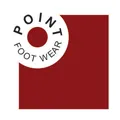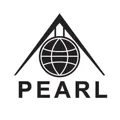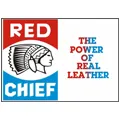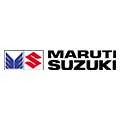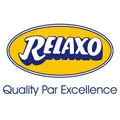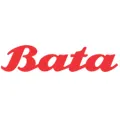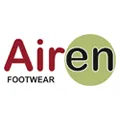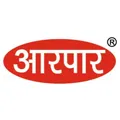Services
Why Choose Jai Ambay Etching Process for Mold Texturing?
Mold texturing is commonly used in industries such as automotive, consumer goods, packaging, and electronics. With our advanced techniques and attention to detail, we ensure that each mold is textured with precision, providing the best possible results for your manufacturing needs.
Benefits of Mold Texturing
- Enhanced Appearance: Mold texturing adds a unique look to the surface of products, making them more visually appealing. This is especially important for consumer goods, where appearance is a key factor in attracting customers.
- Improved Functionality: Texturing can improve the grip, reduce glare, or make a product more comfortable to handle. This is particularly useful for items like tools, automotive parts, and electronics.
- Cost-Effective: Instead of applying textures to each individual product, mold texturing allows the pattern to be replicated every time the mold is used, saving both time and money.
- Custom Designs: Mold texturing allows for endless customization. You can choose from a wide range of patterns and designs, giving you flexibility in product design.
Different Methods of Mold Texturing
At Jai Ambay Etching Process, we offer several methods of mold texturing, each suited to different materials and design needs. Here are the main techniques we use:
- 5-axis laser texturing: It is a precise mold texturing method that uses a laser to create intricate patterns on complex surfaces. It allows multi-directional control, enabling detailed designs on curved or irregular molds with high accuracy and consistency.
- Chemical Etching: Chemical etching is one of the most popular methods for mold texturing. In this process, a chemical solution is used to selectively dissolve parts of the mold surface, creating the desired texture. Chemical etching is precise and can create both fine and coarse textures. It is ideal for complex designs and patterns that require high detail.
- Laser Texturing: Laser texturing uses a focused laser beam to etch patterns into the mold surface. This method allows for very fine control and is excellent for creating intricate designs. Laser texturing can produce deep, complex textures that are difficult to achieve with other methods. It’s also a non-contact process, meaning the mold material is not physically stressed or damaged during the process.
- Sandblasting: Sandblasting is a process where abrasive particles are blasted onto the mold surface at high speed to create a rough texture. This method is effective for creating coarse textures or preparing a surface for further processing. Sandblasting is often used when a more rugged texture is needed.
- Electrical Discharge Machining (EDM): EDM is another method used for mold texturing, where electrical sparks are used to remove material from the mold’s surface. This method is ideal for creating rough textures or deep patterns. EDM is especially useful for hard metals that are difficult to texture using other methods.


